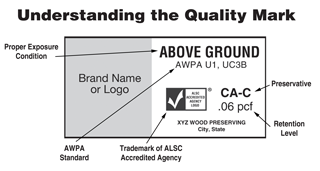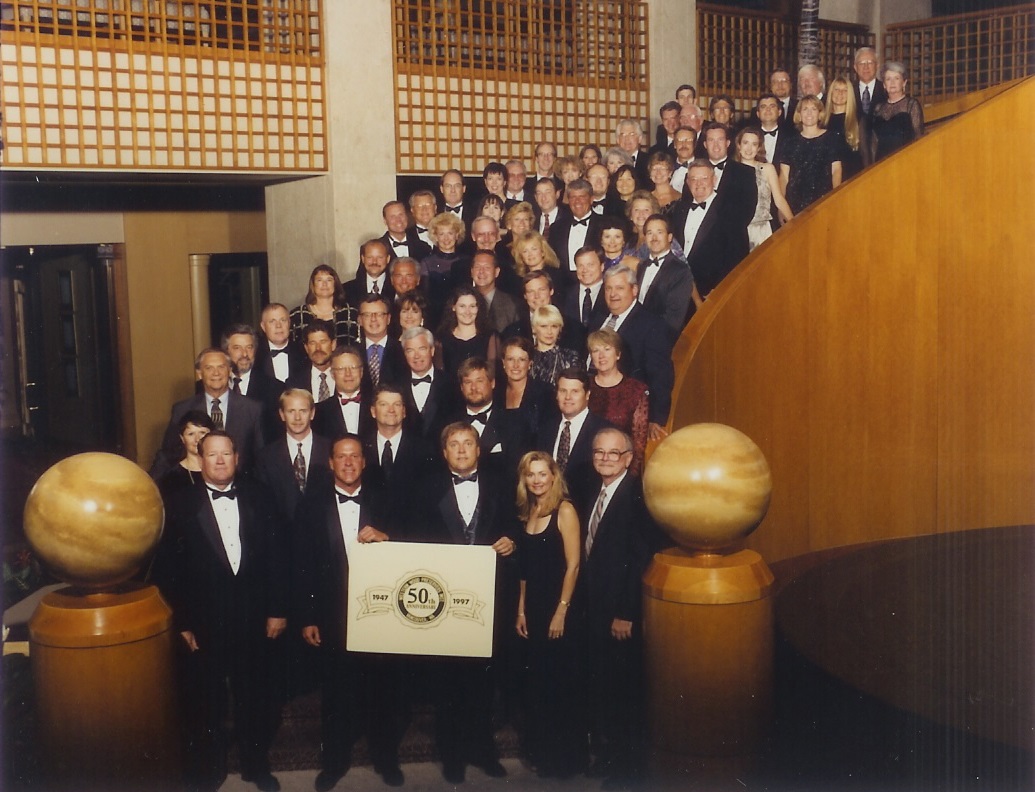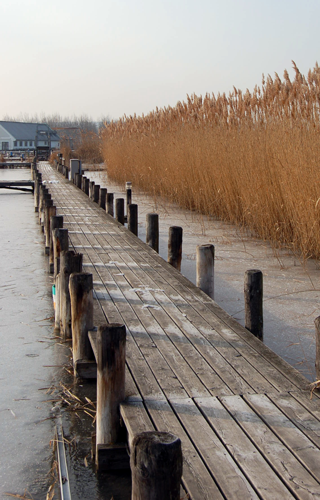
DISCLAIMER: The Western Wood Preservers Institute believes the information contained herein to be based on up-to-date, scientific and economic information and is intended for general information purposes. In furnishing this information, the Institute makes no warranty or representation, either expressed or implied, as to the reliability or accuracy of such information; nor does the Institute assume any liability resulting from use of or reliance upon the information by any party. This document should not be construed as a specific endorsement of warranty, direct or implied, of treated wood products or preservatives, in terms of performance, environmental impact, or safety. The information contained herein should not be construed as a recommendation to violate any federal, provincial, state or municipal law, rule or regulation, and any party using or producing pressure-treated wood products should review all such laws, rules or regulations prior to using or producing treated wood products.
Western Wood Preservers Institute represents the wood preservative industry in western North America. WWPI provides services to the industry in three areas:
1) Deliver educational information on the proper selection of preservative-treated wood for safe and environmentally appropriate uses.
2) Address legislation and regulations impacting the use of preservative-treated and fire retardant treated wood products.
3) Promote and market preserved wood products and maintain quality assurance initiatives, including Best Management Practices (BMP) for aquatic applications and the CheckMark Identification Program to indicate third-party quality inspection for building code compliance.


This is WWPI’s interpretation of the 2014 AWPA Book of Standards. It is not an official AWPA document. Used with Permission.
When using preserved wood products in or over aquatic environments, there is concern about the migration of preservatives from the wood into the environment.
WWPI, working with Dr. Kenneth Brooks, has developed the General Risk Assessment Model, an Excel-based worksheet that can model the environmental risks associated with preserved wood used in sensitive environments.
The model can be used to evaluate the risk of structures above and below water built with preserved wood for 11 of the most commonly used preservatives.
This worksheet is available as a free download from the WWPI Technical Library at wwpi.info/tlibrary on the Institute's website.
For a full description of the General Risk Assessment Model, click the link below to review the PDF excerpt entitled Modeling the Environmental Risk for Treated Wood in Sensitive Environments (1.3 MB):
Risk Model
To comply with all building codes, preservative-treated wood must be marked with an end tag showing an accredited ALSC agency.
The International Building Code states: “Wood required by Section 2304.11 to be preservative treated shall bear the quality mark of an inspection agency that maintains continuing supervision, testing and inspection over the quality of the preservative treated wood. Inspection agencies for preservative treated wood shall be listed by an accreditation body that complies with the requirements of the American Lumber Standards Committee (ALSC) Treated Wood Program, or equivalent. The quality mark shall be on a stamp or label affixed to preservative-treated wood.”
WWPI has implemented the CheckMark Identification Program for all American Wood Protection Association (AWPA) standardized preservatives to help users easily recognize and distinguish ALSC accredited agency trademarks.
These agencies are required to meet AWPA U1, M-2 and M-22 Standards for inspection to ensure the treating companies are meeting the required AWPA standards for quality control.
Look for the CheckMark on the stamp or end-tag to quickly find the ALSC accredited agency’s logo.


Agencies approved by ALSC to conduct third-party inspection of preserved wood products are:
Timber Products Inspection
Southern Pine Inspection Bureau
Bode Inspection, Inc.
Best Management Practices (BMPs) are recommended guidelines for the production and installation of treated wood products destined for use in aquatic and wetland environments.
The guidelines were developed through an industry consensus process, based on the core philosophy of chemical minimization. Preserved wood products manufactured under BMPs can carry the certified BMP mark, shown above.
The following sections provide an overview of the BMPs for treated wood in aquatic and wetland environments. To review the full Best Management Practices guide in a PDF format, click the link below (3 MB):

Wood is a naturally renewable resource and ranks as the one of the most environmentally responsible choices in building materials available today.
Wood's natural attributes make it uniquely suited to both the performance and environmental demands in today’s construction.
As a building material, wood boasts a long history of durability and performance in construction. That durability is enhanced with preservative treatment.
Pressure-treated preserved wood lasts five to 10 times long than natural wood. Preserved wood products have a long history in performing in the most demanding conditions and exposures.
With sustainable forestry practiced in the U.S. and Canada, by the time a preserved wood product has reached the end of its long service life, another tree has been grown that can provide products for future generations.
Life cycle assessments (LCAs) have documented the many environmental advantages preserved wood products have over alternatives such as steel, concrete and plastics.
These internationally recognized, science-based reviews show that preserved wood uses less energy and resources in production, has lower environmental impacts, consumes less fossil fuel and offers more recoverable energy than other materials.
The preserved wood industry has developed a host of LCAs to help users understand the environmental advantages of choosing pressure-treated wood.
Review the specific product comparisons in the Life Cycle Assessments section.
Environmental Benefits of Preserved Wood
We Preserve Wood
See how preserved wood is made, as this video shows the step-by-step process of pressure treating wood products with preservatives. (3:10)
Safe Handling
Text Area
Fasteners
Text Area
Field Treating Preserved Wood
Text Area
Coatings
Text Area
Disposing of Preserved Wood
Text Area









